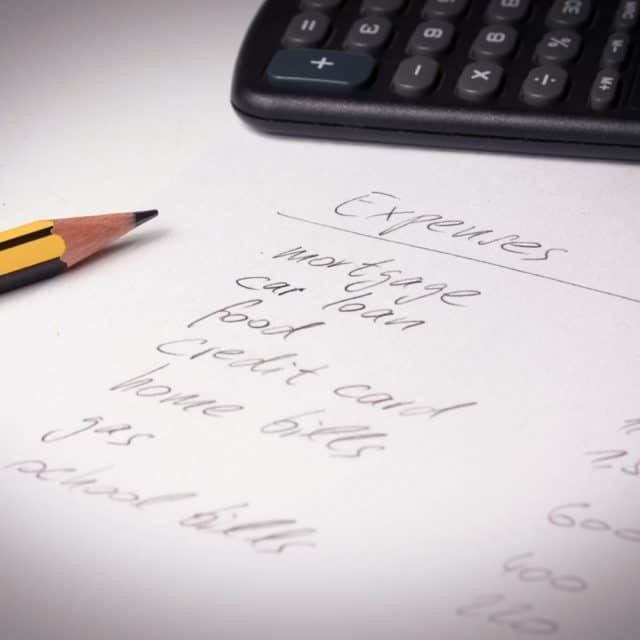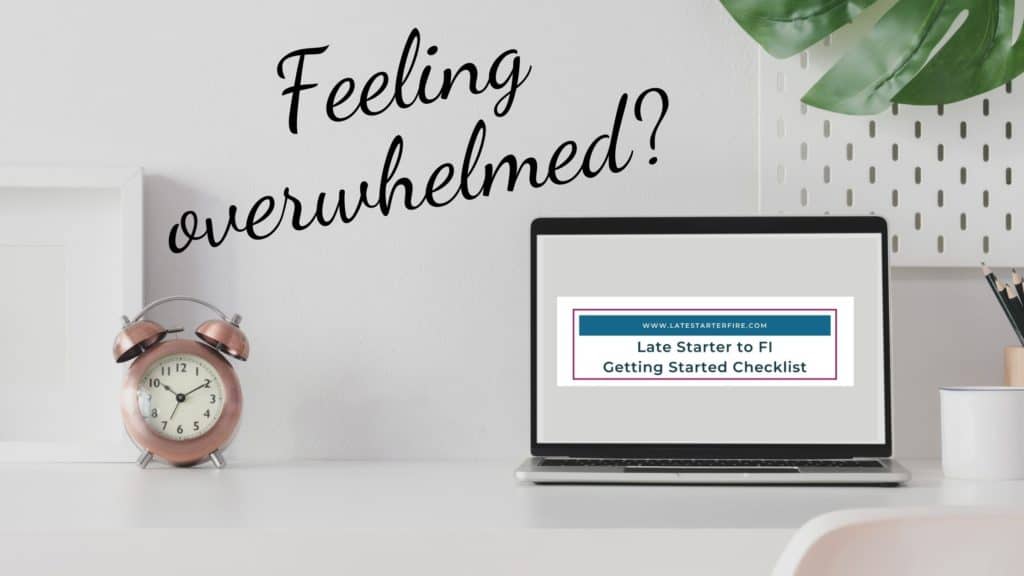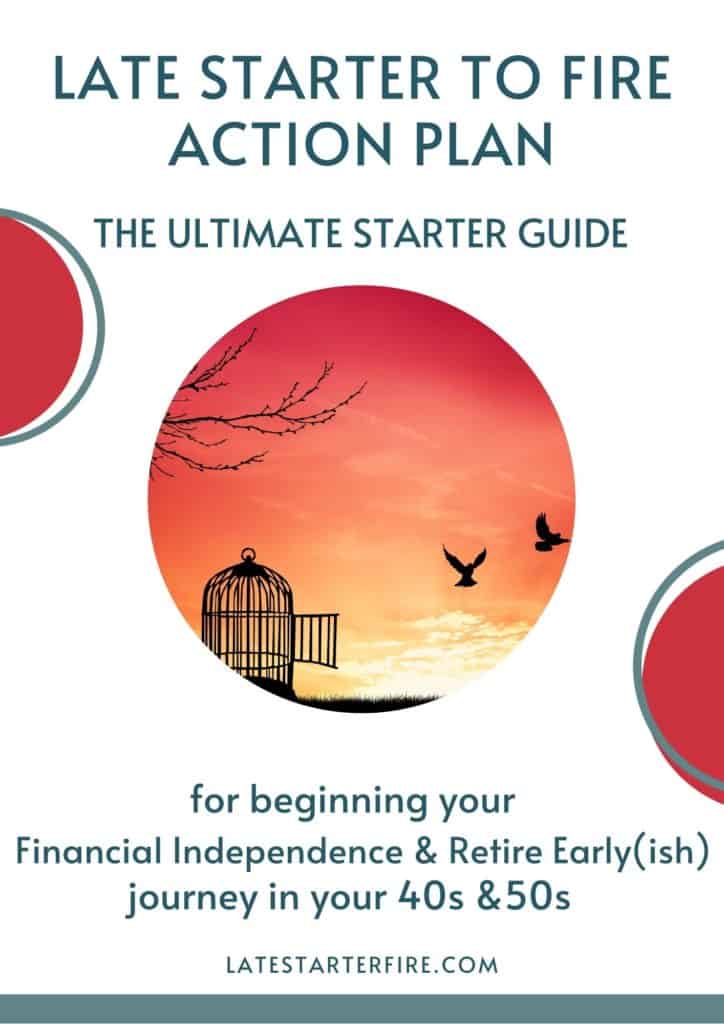
I hate budgeting. In fact, I don’t budget.
So what is a bare bones budget and why do I want one?
Disclosure: Please note that I may benefit from purchases made through my affiliate links below, at no cost to you
When I finished tallying up my 2020 expenses, I was ecstatic. It was the lowest amount spent since I started tracking expenses in 2018. It shouldn’t be a surprise as I didn’t travel overseas at all.
I’ve always been concerned about having too much work in my full time job and being burned out again. Until 2020, that is – when the possibility of being out of work suddenly seemed more real.
I do have an emergency fund with six months of expenses, based on 2018/19 expenses which include travel and holidays.
What I want to know is – how much further can I stretch this emergency fund, if I only spend on the essentials and nothing else?
And that is a bare bones budget – a budget where only the essentials are considered ie only your needs, not wants or desires or nice-to-haves, no discretionary spending at all.
Having a bare bones budget should help me sleep better at night – this is the figure that will enable me to survive in a worst case scenario.
So I deep dived into my 2020 expenses, critically looking at each expense with this question – do I need this or do I want it? The exercise is harder than I thought it would be!
Housing - my biggest expense
Housing which includes utilities is my biggest category – and 2020 was no exception. It accounts for 35% of my total expenses.
So what is essential and what is not?
The essentials are:
Local council rates $1733
Home and Contents insurance $989.81 (with $500 excess)
Water $953
Gas $1081.16
Electricity $195.05
Home phone & internet $900
Home maintenance $1396 (front door lock & 2 insurance claims)
Garden $303 (potting mix, manure etc, vegetable seedlings)
Total = $7551.02
Note to self – must look at internet provider and see if I can switch to a cheaper provider
My non essentials included a cleaner and gardener and buying 3 wicking garden beds. I used to have a cleaner for 2 hours once a fortnight but that ceased in early March last year. I will not engage another one. My Roomba is doing quite well with keeping my floor clean.
The gardener is another issue – I used to classify the expense as essential when I worked all hours in the day. But now that I’m working less hours and learning how to grow vegetables, I will reduce the frequency and take on more tasks in the garden.

Feeling Overwhelmed?
Use this FREE Checklist to start your journey to Financial Independence
Food, glorious food (& groceries)
Part of my 2020 food & grocery expenses included buying for my parents during the second hard lockdown but I was shocked that my 2020 food category was $2000 more than in 2019!
This doesn’t include eating out and entertaining at home, which I hardly did in 2020.
Surely, I didn’t buy that much chocolate, chips and ice cream! I know I indulged in comfort eating last year … but holy smokes!
Fresh food has increased in price plus I shopped at local vegetable and fruit shops instead of the more economical markets a bit further from home. I already don’t buy much processed food or convenience style foods eg ready made sauces – I make a lot of my meals from scratch.
So, let’s watch this space in 2021. Fingers crossed, with my ramped up efforts for vegetable gardening, I can reduce some of this expense this year.
What was essential? I’d say $3500 would be reasonable.
Health
I didn’t visit a GP at all in 2020 but visited the osteopath more than usual. Had a couple of falls and needed extra work.
Osteopath $450 – but is it essential? Debatable as I would put up with the pain and take pain medications? I would probably reduce the frequency or limit it to treatment rather than tune ups.
I visited the dentist twice in 2020 for routine check ups at out of pocket cost of $177.40 (the balance covered by my health insurance). This is on the low side for me – nothing major needed fixing last year.
I pay my health insurance annually – $1621.72 – if I were stretched financially, I would pay monthly but it is an essential expense for me.
I do take a few supplements but are they really essential? Guess not. I also take over the counter medicines for my hayfever … are they essential? Perhaps.
And my personal trainer? Nope
So, my essential spending for health related expenses would be $2300, with a small buffer for GP visits or prescription medicines.
Professional registration and indemnity insurance
I would still need to be registered by my professional body and have adequate indemnity insurance if I were unemployed and looking for work in the same industry. Plus I am a member in the professional association.
I pay these costs annually. Even though they are tax deductible, I will still need to pay the fees up front then claim back on my tax return.
Total = $1417
Are you READY to TAKE ACTION today?
🔥 practical tips & strategies
🔥 step by step guide
🔥 cut the overwhelm, second guessing & paralysis by analysis
Clothing
I spent a whopping $13 on socks in 2020. I didn’t buy any other piece of clothing or shoes. I basically lived in my pajamas and work uniform, such was life in 2020.
It’s probably unrealistic to assign zero dollars to this category – so let’s assign $200 as essential.
Personal hygiene & grooming
I’m fairly low maintenance but do suffer from eczema so I use body wash from the pharmacy instead of soap. I’m allergic to most make up so don’t use make up at all.
I was getting my hair cut at a home salon ($15) but since the Coronavirus outbreak, my hairdresser has ceased operations. Having my hair cut in a cheap, no frills, no appointments necessary hairdresser in a shopping centre mall cost $35 to $45. So I’ve been trimming the fringe myself and letting the rest grow longer.
My essential spending here is $350
What is missing?
Currently, my work provides me with a car and mobile phone so I have no expenses here.
Therefore if I lose my job, these privileges would be lost too.
I am assuming that my job loss is temporary – I will get by with public transport, Uber and perhaps borrowing my parents’ car. I can walk to my local shopping centre to buy food and groceries. But I will need to travel to job interviews.
So I’ll assign $1000 here.
I have old mobile phones that I can just insert a pre paid SIM card so maybe $600 here is adequate.
Total
To summarise:
Housing $7551
Food & groceries $3500
Health $2300
Professional fees $1417
Clothing $200
Personal hygiene & grooming $350
Transport $1000
Mobile phone $600
Grand total = $16918
This means that my current emergency fund can last for more than 12 months, based on my bare bones budget. What a relief!
Final Thoughts
Having a bare bones budget is highly reassuring.
I now know the minimum I need to survive for a year, if I were to lose my job.This minimum amount is based on real figures (except for the transport and mobile phone parts which are estimates) so I can be confident it can be done.
Going through my expenses and asking if I needed or wanted it is eye opening. I do ask myself this as I am spending but perhaps I’m not so honest in the heat of the moment 🙂
I am very glad I did the exercise as I have identified further areas that I can work on in 2021. It is comforting to know there are areas I can improve upon and thus achieve extra savings.


